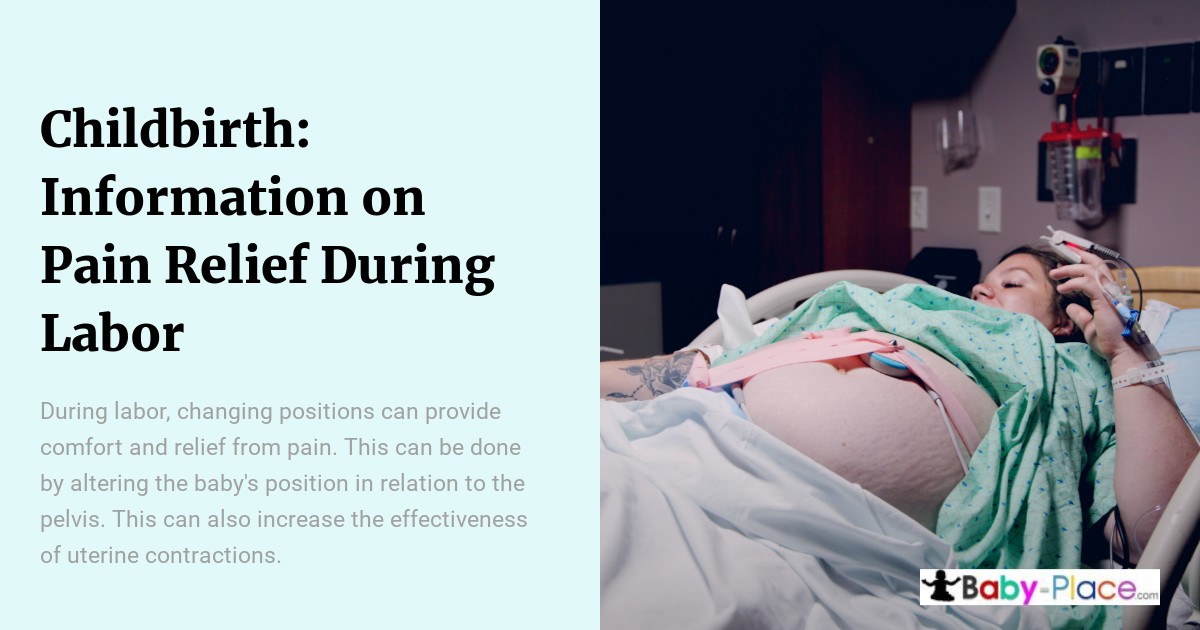Increasing Fertility
There are several things that couples can do to increase fertility and the chances of conceiving.
Some of the basic steps include:
- Maintaining a healthy weight: Being overweight or underweight can negatively impact fertility. Achieving and maintaining a healthy weight can improve fertility.
- Exercising regularly: Regular physical activity can improve fertility by helping regulate hormone levels and blood flow to the reproductive organs.
- Eating a healthy diet: A diet rich in fruits, vegetables, and whole grains and low in processed and unhealthy foods can improve fertility. Getting enough nutrients, such as folic acid, iron, and calcium, is also important for reproductive health.
- Reducing stress: High levels of stress can negatively impact fertility. Finding ways to manage stress, such as through exercise, relaxation techniques, or therapy, can improve fertility.
- Avoiding tobacco and excessive alcohol: Both tobacco and alcohol can negatively impact fertility. Quitting smoking and limiting alcohol consumption can improve fertility.
- Tracking fertility: There are various methods, such as tracking basal body temperature, cervical mucus, and ovulation predictor kits, that can help individuals and couples better understand their fertility and increase their chances of conceiving.
When to panic about your fertility
It is completely normal to feel anxious or worried about not being able to get pregnant, especially if you have been trying for a while. However, it is important to remember that it can take some time to conceive, and many factors can affect a couple’s ability to get pregnant.
According to the Centers for Disease Control and Prevention (CDC), about 84% of couples will get pregnant within a year of trying if they have regular, unprotected sex. It is only after one year of trying (or six months if the woman is 35 years or older) that you should suspect any fertility problems.
It is important to remember that there are many different treatment options available for couples who are experiencing fertility problems, and many couples can have a successful pregnancy with the help of these treatments. Do not hesitate to seek help if you are concerned about your ability to get pregnant.
Fertility Resources
- Fertility clinics: Many fertility clinics offer testing and treatments to help individuals and couples conceive. These can include in vitro fertilization (IVF), artificial insemination, and other assisted reproductive technologies.
- Reproductive endocrinologists: These are doctors who specialize in treating fertility issues. They can help diagnose and treat fertility problems and may work with fertility clinics to provide care.
- Online resources: Many websites and online communities offer information and support for those trying to conceive. These can include forums, blogs, and resources for tracking fertility.
- Support groups: Many local and online support groups exist for individuals and couples experiencing fertility issues. These can provide a sense of community and a place to share experiences and find support.
- Acupuncture and alternative therapies: Some people find that acupuncture and other alternative therapies, such as herbal medicine and nutrition therapy, can help with fertility.
Tracking Your Fertility To Get Pregnant
To calculate when you are most fertile in the month, you can use the following strategies:
- Track your menstrual cycle: Your menstrual cycle is the number of days from the first day of your period to the first day of your next period. Ovulation typically occurs about 14 days before the start of your next period. If you have a regular 28-day menstrual cycle, you are likely to ovulate around day 14. However, if your cycle is longer or shorter, you will ovulate later or earlier in your cycle.
- Look for physical signs of ovulation: There are several physical signs that can indicate when you are ovulating, including:
- A change in your cervical mucus: During ovulation, your cervical mucus becomes thin, clear, and stretchy, which can make it easier for sperm to reach the egg.
- Mild pelvic pain: Some women experience a twinge of pain on one side of their lower pelvis when they ovulate. This is known as mittelschmerz.
- A change in your basal body temperature: Your basal body temperature is your body’s temperature when you are at rest. It can be measured using a special thermometer called a basal thermometer. During ovulation, your basal body temperature may increase by 0.5-1 degree Fahrenheit.
- Use an ovulation predictor kit: Ovulation predictor kits are available at most pharmacies and designed to help you predict when you will ovulate. These kits measure the levels of luteinizing hormone (LH) in your urine. LH is a hormone produced by the pituitary gland and helps stimulate ovulation. When the levels of LH in your urine increase, it can indicate that you are about to ovulate.
- Keep a fertility diary: You can track your menstrual cycle and any physical signs of ovulation by keeping a fertility diary. This can help you to identify patterns in your menstrual cycle and predict when you are most likely to ovulate.
It is important to note that every woman is different, and it is not always possible to predict when you will ovulate with 100% accuracy. If you are trying to get pregnant, it is a good idea to have regular, unprotected sex throughout your menstrual cycle to increase your chances of conceiving. You may even enjoy it…!
Interesting Facts About Fertility
- About 20% of couples have difficulty getting pregnant or carrying a pregnancy to term.
- Male factor infertility (problems with the man’s sperm) is responsible for about 20-30% of fertility problems.
- Female factor infertility (problems with the woman’s reproductive system) is responsible for about 30-40% of fertility problems.
- A combination of male and female factors causes about 10-15% of fertility problems.
- Approximately 25-30% of fertility problems have no identifiable cause. This is known as “unexplained infertility.”

















